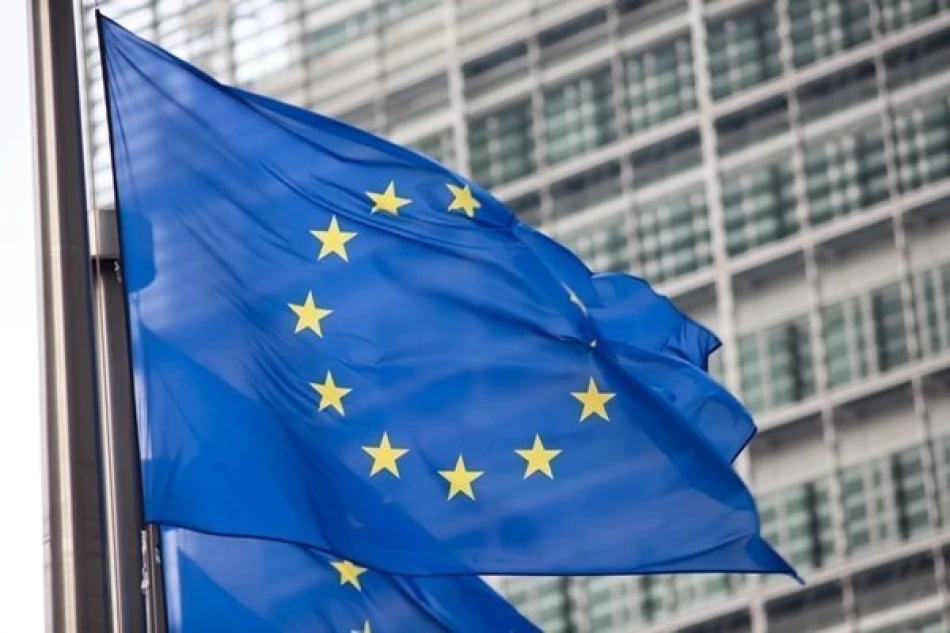
EU and ECB Advance Talks on Digital Euro, Shaping the Future of European Finance
Europe's Digital Euro Finally Gains Momentum as ECB Yields Power to National Governments
The European Central Bank has made a crucial concession to EU member states over the digital euro project, granting national capitals significantly more control over the currency's design—particularly the controversial spending limits that consumers can hold in digital wallets. This breakthrough could end more than a year of institutional deadlock and accelerate Europe's race to launch a sovereign digital currency before U.S. dollar-based stablecoins dominate global payments.
The Political Breakthrough
European finance ministers are set to discuss the new proposal this week in Copenhagen, with informal approval expected. The compromise represents a significant shift in the ECB's traditionally centralized approach to monetary policy, acknowledging that political buy-in from member states is essential for the digital euro's success.
Under the new framework, the ECB must begin consultations with national governments two years before launching the digital currency. More importantly, spending limits—one of the most contentious aspects of the project—would be proposed one year before issuance and require approval from a "reinforced qualified majority" of eurozone governments, the highest voting threshold in EU decision-making.
Strategic Urgency Behind the Compromise
The ECB's willingness to cede control reflects mounting pressure from the rapid expansion of private payment systems, particularly U.S.-dominated dollar-pegged stablecoins. As digital payments increasingly bypass traditional banking infrastructure, European policymakers fear losing monetary sovereignty to Silicon Valley tech giants and cryptocurrency platforms.
This concern mirrors similar moves by other major economies. China's digital yuan is already in advanced pilot testing, while the Federal Reserve continues exploring a digital dollar. The EU's delay in reaching consensus has put Europe at a competitive disadvantage in the global race for central bank digital currencies (CBDCs).
Market and Regulatory Implications
The enhanced government oversight could actually strengthen market confidence in the digital euro by ensuring democratic accountability in its design. However, the reinforced qualified majority requirement for any future changes to spending limits creates a high bar for modifications once the system launches—potentially making the digital euro less adaptable than private alternatives.
For financial institutions, this development signals that the digital euro is moving from theoretical concept to practical reality. Banks will need to prepare for a fundamental shift in how European consumers store and transfer money, while payment processors face potential disruption from a state-backed competitor.
Balancing Innovation with Control
The spending limit mechanism remains central to the digital euro's design philosophy. Unlike cryptocurrencies that offer unlimited holdings, the digital euro will cap individual wallet amounts to prevent bank runs and maintain the traditional banking system's role in credit creation. The exact limits—likely ranging from €3,000 to €10,000 based on previous ECB discussions—will now be subject to political negotiation rather than purely technocratic decision-making.
This political involvement could slow implementation but may prove essential for public acceptance. Unlike China's top-down approach to digital currency deployment, Europe's consensus-building model reflects its federal structure and democratic values, potentially creating a more sustainable foundation for long-term adoption.
Most Viewed News

 Layla Al Mansoori
Layla Al Mansoori






